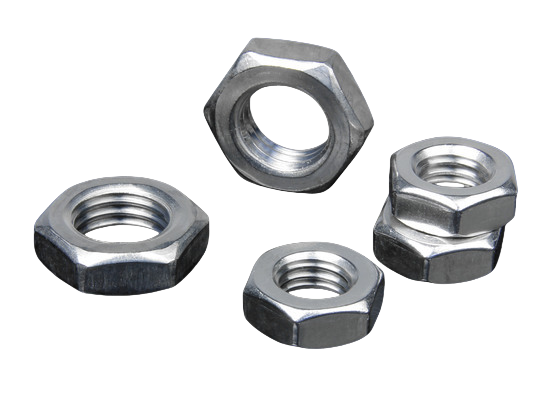Thread Locking Solutions for Automotive Hex Screw Nuts in High-Vibration Vehicle Assemblies
In automotive engineering, ensuring that fasteners stay reliably in place under stress is a non-negotiable requirement—especially in high-vibration environments such as engine bays, suspension systems, and drivetrain assemblies. One of the most common and dependable fasteners used across these applications is the Automotive Hex Screw Nut. Despite its seemingly simple design, this component plays a critical role in the overall integrity of a vehicle. However, the challenge of maintaining a tight and secure hold under constant mechanical oscillation has led to an evolving range of thread locking mechanisms tailored specifically for automotive use.
Vibration-induced loosening is a primary concern for automotive manufacturers and OEM suppliers. A hex nut that loosens even slightly can jeopardize not just performance but also safety. That’s why a range of thread-locking solutions has emerged over the years—each suited to different levels of vibration, temperature, torque requirements, and reusability expectations. One of the most widely used methods is the nylon insert lock nut. The polymer ring adds friction to the thread engagement, providing resistance to vibration, though it has limitations in high-heat zones due to material degradation.
Distorted thread hex nuts offer a more heat-resistant solution. By slightly deforming the top threads, these nuts grip the mating bolt tightly without needing separate locking elements. This makes them well-suited for applications where space is constrained or where simplicity and weight reduction are key priorities. Additionally, prevailing torque-type lock nuts can be reused in certain scenarios, making them cost-effective for both manufacturing and after-sales maintenance schedules. These mechanical thread locking methods are often preferred in automated assembly lines because they don’t require curing or drying time.

For environments where maximum vibration resistance is needed, chemical thread lockers can be applied alongside or in place of mechanical solutions. These liquid adhesives harden in the absence of air and presence of metal, forming a strong bond between the screw and nut. While they deliver exceptional locking strength, they may limit disassembly, making them more suitable for permanent or semi-permanent joints. Choosing the right combination of thread locking strategy and Automotive Hex Screw Nut type is crucial during the design phase, especially for high-load structural areas.
In high-performance automotive applications, especially those found in motorsports or off-road vehicles, engineers often specify dual locking systems. For instance, a distorted thread nut may be combined with a flange for load distribution and then paired with a chemical thread locker to ensure the connection remains intact under extreme conditions. This multi-layered approach reflects a trend in the industry where reliability must be engineered into every component, down to the last fastener.
As a manufacturer and exporter deeply engaged with the automotive fastener market, we understand that our customers aren’t just buying Automotive Hex Screw Nut—they’re buying assurance that each part will perform under demanding real-world conditions. That’s why we work closely with automotive design teams to recommend the best thread locking solutions tailored to specific use cases. Whether you’re sourcing for mass production or specialized builds, choosing the right hex nut locking mechanism can significantly influence long-term reliability and maintenance costs.
Ultimately, the success of a fastening solution lies in the detail. While Automotive Hex Screw Nuts may be standard in shape, their performance depends on precise alignment between material properties, thread design, and locking method. By understanding how each of these factors interacts under vibration, manufacturers and buyers alike can make informed decisions that enhance both vehicle performance and safety.
And Get A Free Consultation!

 English
English 中文简体
中文简体

